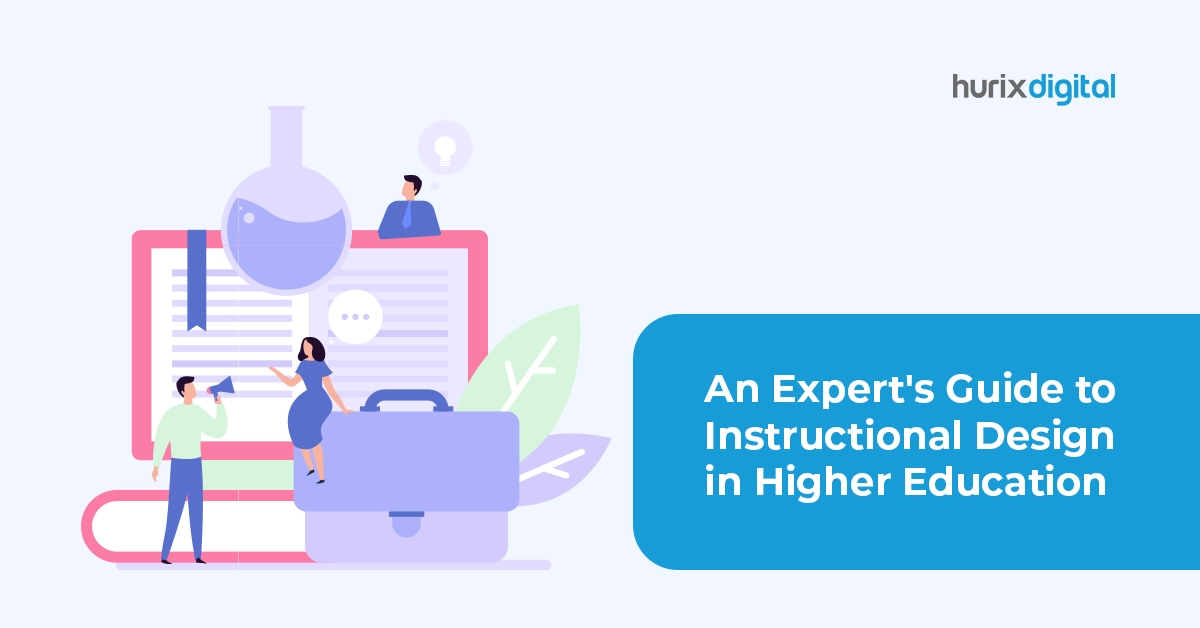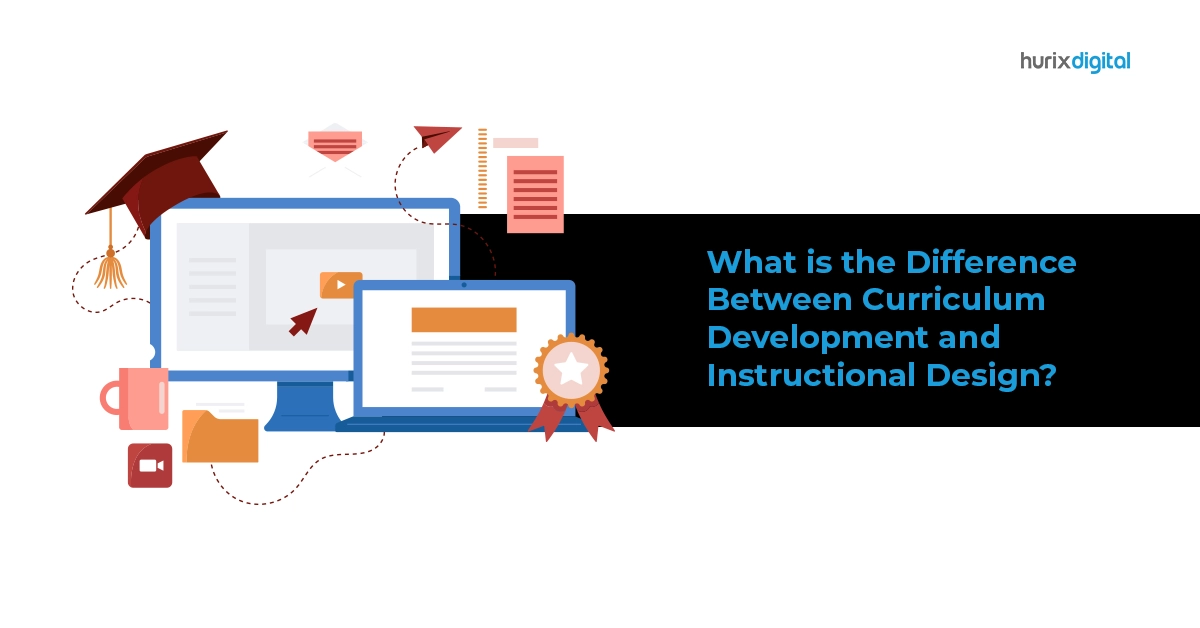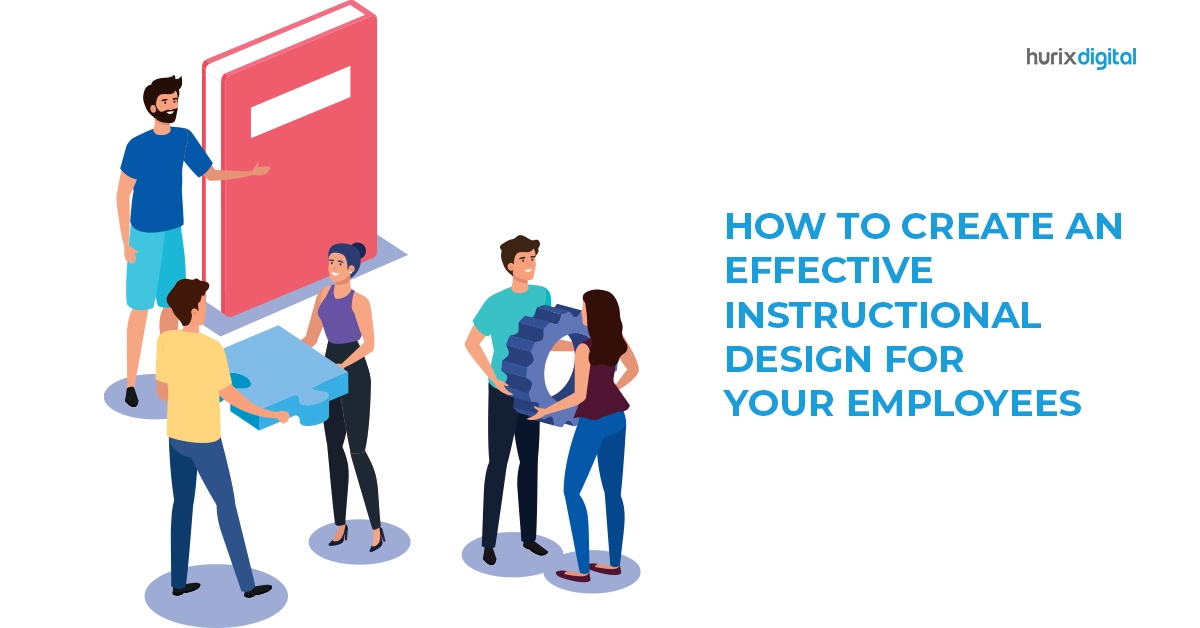Summary
This comprehensive guide equips higher education educators with a detailed roadmap for effective instructional design. It includes various models, core principles, and a step-by-step approach to systematically craft engaging and impactful learning experiences, ensuring students benefit from well-structured and meaningful education.
In the constantly evolving landscape of higher education, effective instructional design has emerged as a vital component for enhancing student engagement and learning outcomes.
From an educational perspective, instructional design refers to the systematic and deliberate process of crafting learning experiences. Higher education instructional design encompasses the transformation of learning principles and theories into tangible plans for instructional materials, activities, resources, and evaluation strategies.
This guide aims to provide educators in higher education with a comprehensive roadmap to navigating the complexities of instructional design, equipping them with the tools and insights to create engaging, impactful learning experiences for their students.
Table of Contents:
- Higher Education Instructional Design Explained
- Why Choose an Instructional Design Model in Higher Education?
- Types of Instructional Design in Education
- Steps to Implement Higher Education Instructional Design
- The Bottom Line
Higher Education Instructional Design Explained
Instructional Design in Higher Education involves understanding the needs and goals of students to strategically plan out learning paths. Educators can combine various methods, tools, and media that will best suit the learning objectives. This information can then be used for:
- Designing and developing engaging learning materials: Building content that is clear, concise, and stimulating, utilizing various formats like presentations, simulations, or interactive activities.
- Implementing and evaluating the effectiveness of instruction: Putting the designed materials into practice and assessing their impact on learner achievement.
- Revising and refining the instruction as needed: Continuously monitoring and improving the instructional design based on learner feedback and performance data.
Also Read: 7 Easy Ways to Measure the ROI of Instructional Design
Why Choose an Instructional Design Model in Higher Education?
Higher education instructional design models provide guiding principles and steps for systematically tackling every stage of the process, from needs analysis to evaluation. Here is why these frameworks deserve your attention:
1. Quality Assurance
Instructional design models guide creation with clear objectives in mind, minimizing flaws and maximizing learning impact. Think of them as blueprints for intentional design.
2. Time and Resource Optimization
Higher education instructional design models provide a structured roadmap for developing learning materials, including necessary components, activities, and assessments. This streamlines development and fosters reuse, saving precious time and resources.
3. Enhanced Collaboration
By providing a shared framework, models facilitate seamless collaboration between instructional designers, subject matter experts, and stakeholders. It ensures high-quality instruction that aligns with both learner and organizational needs.
4. Increased Learner Engagement
Higher education instructional design models help address learner needs, interests, and preferences effectively. This systematic approach leads to engaging and relevant learning experiences, boosting motivation and knowledge retention.
5. Continuous Improvement
Instructional design models emphasize evaluation and refinement through data collection and learner feedback. It enables ongoing improvement for future iterations of the instruction, ensuring its efficacy and relevance.
Types of Instructional Design in Education
Embracing the components of instructional design in education equips educators in higher education with powerful tools to shape impactful learning experiences. Here are some of the most popular models that implement instructional design for enhanced learning:
1. ADDIE Model
The ADDIE model is a powerful tool for eLearning development. It is an iterative and flexible framework, providing ongoing feedback for continuous improvement.
Its five phases offer a time-tested roadmap for impactful higher education instructional design.
- Analyze: Identify the problem, training needs, target audience, and learning goals. It forms the foundation for your design.
- Design: Translate your analysis into a strategic plan for the course. Outline how to achieve learning objectives and solidify the instructional framework.
- Develop: Develop your course materials, breathing life into your storyboards. This phase focuses on production using chosen eLearning authoring tools.
- Implement: Present the course material to learners, fostering understanding, mastery of objectives, and knowledge transfer.
- Evaluate: Evaluate the course’s effectiveness and efficiency. Did you achieve your initial goals? Refine the course or restart the ADDIE cycle based on the answer.
2. Merril’s Principles of Instruction (MPI)
Developed by David Merrill, Merril’s Principles of Instruction (MPI) is a renowned framework that focuses on facilitating meaningful and practical higher education instructional design through five principles:
- Task-Centered: Learning commences with engaging, real-world problems or tasks relevant to the learners’ experience.
- Activation: MPI emphasizes activating learners’ existing knowledge and experiences before introducing new concepts. It builds a foundation for deeper comprehension and facilitates meaningful connections
- Demonstration: MPI advocates for clear and engaging demonstrations of new knowledge and skills, utilizing various approaches like visual aids, storytelling, or simulations.
- Application: Learners apply newly acquired knowledge in simulated or real-world contexts. It solidifies understanding, develops critical thinking skills, and increases confidence in using the new knowledge.
- Integration: Through activities like reflection, discussion, or project work, learners are encouraged to integrate new skills and knowledge into their existing repertoire and apply them to solve real-world challenges.
3. Gagne’s Nine Events of Instruction
Drawing on the principles of behaviorism, Gagne’s Nine Events of Instruction offers a systematic and flexible framework for higher education instructional design.
- Capture Attention: Spark curiosity and set the stage for relevance, ensuring active engagement from the outset.
- Define Objectives: Articulate learning goals, providing learners with a roadmap for their path to mastery.
- Activate Prior Knowledge: Bridge the gap by connecting new information to existing knowledge and experiences, facilitating comprehensive understanding.
- Present the Material: Deliver content in a clear, organized, and engaging manner, utilizing effective chunking for optimal comprehension.
- Provide Guidance: Supplement content with rich resources like case studies, activities, and discussion questions, offering additional support and practice opportunities.
- Elicit Performance: Go beyond passive learning by actively engaging learners in applying newly acquired knowledge and skills through real-world or simulated scenarios.
- Offer Feedback: Reinforce correct understanding and provide constructive feedback on performance, guiding learners toward mastery.
- Assess Progress: Employ varied assessment methods to gauge learners’ comprehension and mastery of learning objectives.
- Enhance Retention: Foster long-term retention by encouraging knowledge transfer to real-world contexts and practicing strategies like summarizing and concept mapping.
Steps to Implement Higher Education Instructional Design
Crafting impactful instructional materials requires a deliberate and systematic approach. Here is a streamlined seven-step framework for higher education instructional design:
- Analyzing Needs: This involves an examination of curriculum goals, student demographics, and external factors influencing educational objectives.
- Learner Profile: Develop a comprehensive understanding of your students. Analyze their background knowledge, prior experiences, learning styles, and preferred instructional modalities.
- Learning Objectives: Define clear, measurable objectives that translate desired outcomes into concrete targets for evaluation. Focus on demonstrable knowledge, skills, and behaviors students should acquire by the program’s end.
- Instructional Design: Select the most effective approach among the types of instructional design in education to achieve your learning objectives. Consider incorporating diverse elements, like engaging multimedia, interactive activities, and collaborative tasks to reinforce understanding.
- Content Organization: Structure your content logically and engagingly. Storyboards are valuable for outlining information flow, sequencing key points, and integrating engaging elements like visuals and technology.
- Prototyping and Testing: Create a prototype of your learning materials before full development. It allows you to pilot test with students and gather valuable feedback to refine the design and ensure learner engagement.
- Implementation and Evaluation: Monitor and assess your implemented program. Track student progress, analyze performance data, and gather feedback to refine your instruction and ensure ongoing effectiveness in achieving learning objectives.
Also Read: How to Create an Effective Instructional Design for Your Employees?
The Bottom Line
Instructional design is not a rigid formula. The true art lies in the thoughtful selection and nuanced application of the components of instructional design in education, considering the subject matter and individual students.
Through ongoing evaluation and refinement, educators can encourage an environment where knowledge is not simply transferred but actively embraced and internalized, empowering students to embark on their chosen field.
The higher education instructional design experts at Hurix Digital specialize in transforming great ideas into high-impact experiences tailor-made for your learners. Our team collaborates closely with you to understand your goals, define your audience, and develop a strategic learning roadmap while our custom-built solutions address specific learner needs and skill gaps. Contact us for customized digital solutions today!











